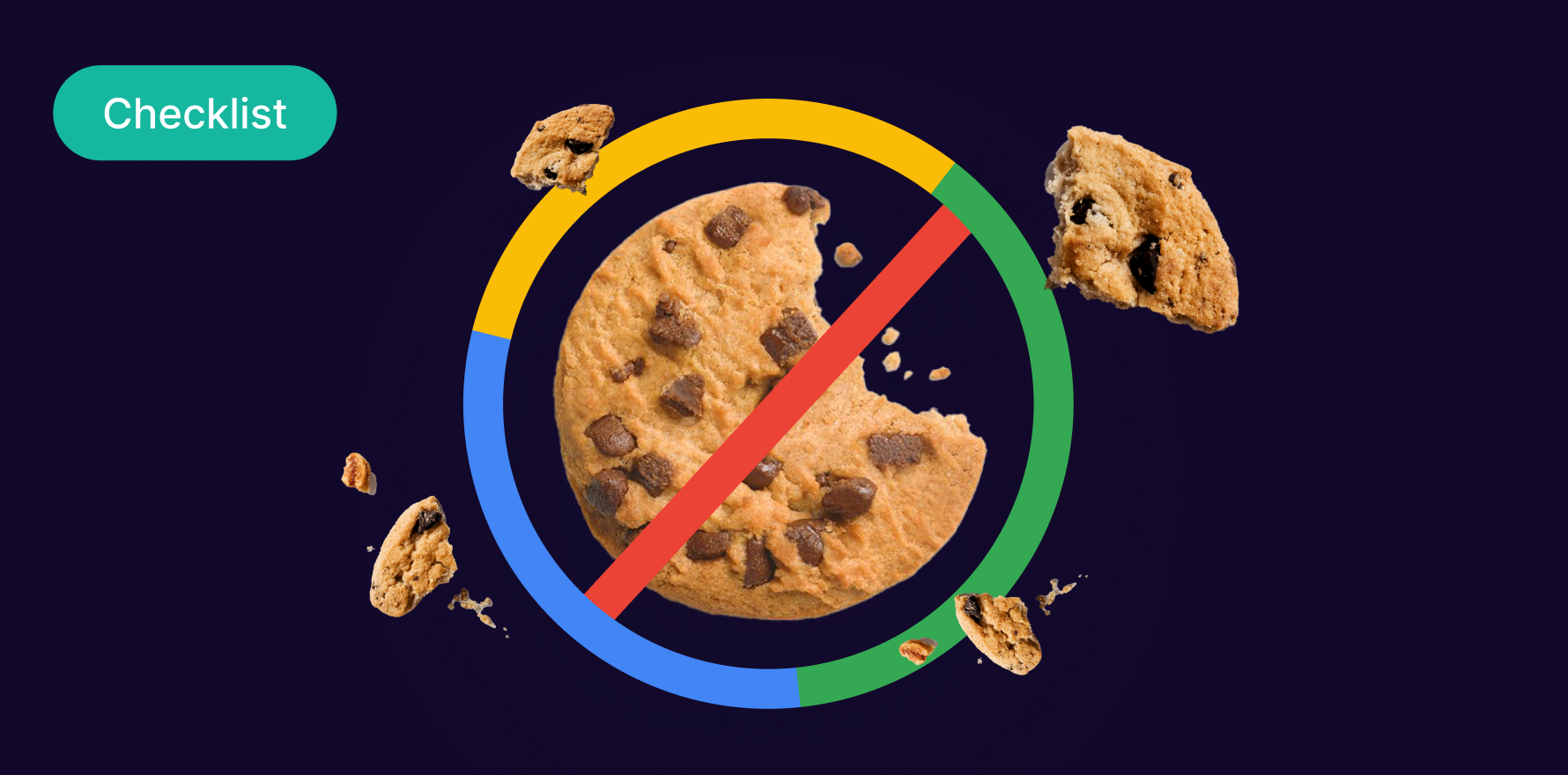What is Revenue Churn Rate?
Revenue Churn Rate is an important metric in Ecommerce that gives you the ability to assess the level of revenue loss for your store due to customers leaving/stopping/downgrading their services or subscriptions. This metric is calculated by multiplying the number of lost customers over a given time with the Average Revenue Per User (ARPU). The result of this calculation allows e-commerce owners to have an accurate picture of the lost business being generated, providing them with insights into their customer base and helping them to ascertain how to act and modify their offerings accordingly.
Formula
Revenue Churn Rate = “Lost Customers X ARPU” where Lost Customers is the number of customers that have stopped using the product or service and ARPU is the Average Revenue Per User generated.
Example
If the number of Lost Customers for a store over a three-month period is 20 and the store’s Average Revenue Per User (ARPU) is $20, then the store’s Revenue Churn Rate would be $400 (20 X $20).
Why is Revenue Churn Rate important?
The revenue Churn Rate shows the amount of revenue that is lost due to customer attrition. As customers leave, e-commerce businesses lose access to their revenue streams, hurting the store’s bottom line. By measuring this loss, businesses can have a better understanding of their attrition rate and customer base and take steps to reduce customer churn.
Which factors impact Revenue Churn Rate?
There are a variety of factors that can affect a business Revenue Churn Rate. These include customer service quality, pricing, product quality, competition, and customer preferences. All of these factors can influence a customer’s decision to stay with the business or leave, and if not managed correctly, can lead to significant revenue losses.
How can Revenue Churn Rate be improved?
There are a few steps e-commerce businesses can take to reduce their Revenue Churn Rate. First, businesses should identify sources of customer attrition and identify areas where customers are leaving or downgrading their subscriptions. Second, companies should provide customers with incentives to remain with the store. For example, discounts, loyalty rewards, and customer support can help to keep customers engaged. Finally, businesses should monitor competitors and adjust their pricing and offerings accordingly.
What is Revenue Churn Rate’s relationship with other metrics?
Revenue Churn Rate is closely correlated with other key e-commerce metrics, such as Customer Acquisition Cost and Customer Lifetime Value. For example, if a store is seeing a high level of customer attrition, then the cost to acquire customers will likely rise, as the store will have to spend more money to replace the lost customers. Additionally, a high churn rate can also lead to a reduction in customer lifetime value, as the store loses customers before they have the chance to generate long-term value.
Free essential resources for success
Discover more from Lifesight






















































